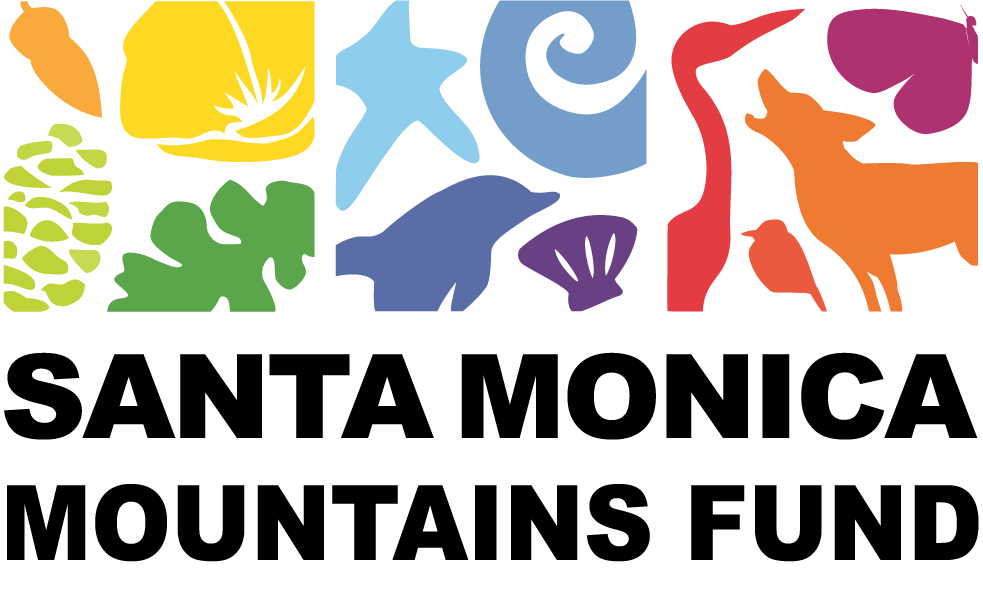The Growth of Women in Environmental Fields
When looking at the history of environmental contributions, it's often observed that a narrative bias exists, with much attention given to well-documented and widely studied male figures.
Women’s contributions are often overlooked and this marginalization stems from historical barriers such as restricted access to formal education and publication, disparate job opportunities compared to their male counterparts, and intentional limitations on their professional advancement.
Oftentimes, women’s contributions are informal and difficult to access, further enforcing the stereotype that women are absent in these spaces, uninterested in these fields, or don’t make significant contributions.
However,it's important to recognize that women's presence in environmental domains has evolved over time, with many overlooked female professionals now gaining recognition for their significant roles. For instance, historical data from the National Park Service illustrates a stark gender disparity, with only a small fraction of female employees at Yellowstone National Park in 1925 (nine employed women, only two of whom were temporary park rangers). Compared to those numbers today, women currently represent 33.8% of park rangers.
While there has been progress, it's evident that more strides are needed, particularly in leadership positions where decision-making power resides. Increasing visibility and representation of women in such roles not only serves as inspiration for aspiring professionals but also fosters inclusive and sustainable practices. Research indicates that women in leadership positions excel in promoting collaboration, active listening, and effective problem-solving—qualities essential for driving meaningful change.
For Women’s History Month, SAMO Fund wants to encourage all the young women out there looking at careers in environmental sciences to follow their calling. The more their presence grows in these fields, the faster we can achieve environmental sustainability.


